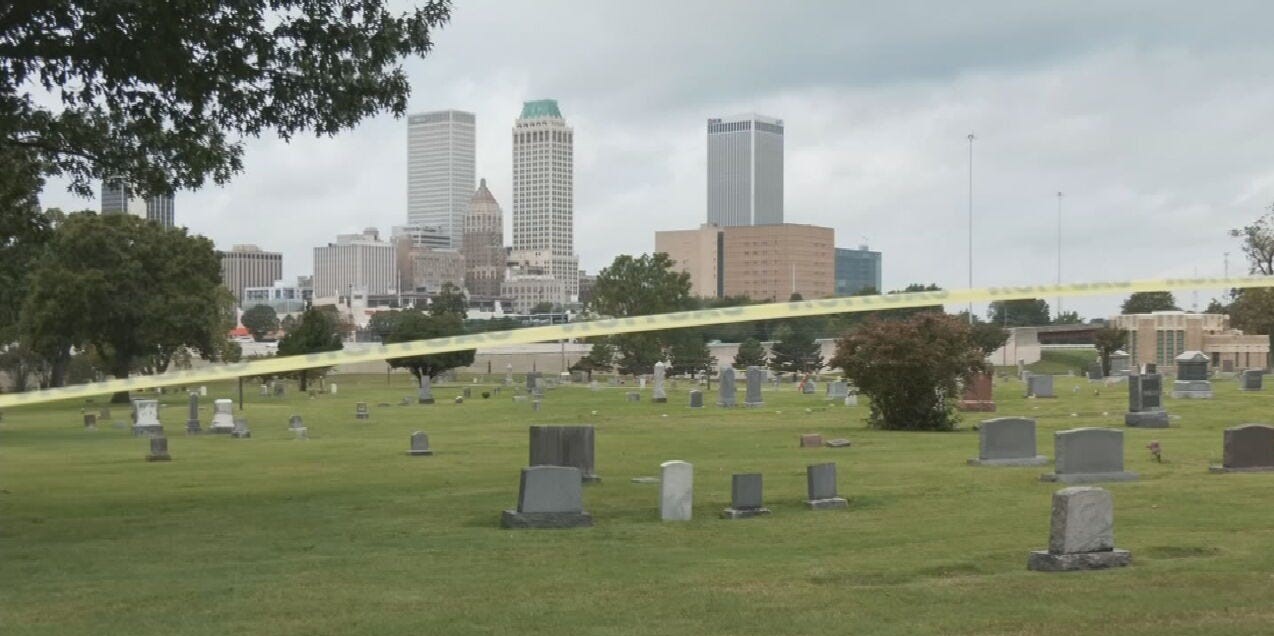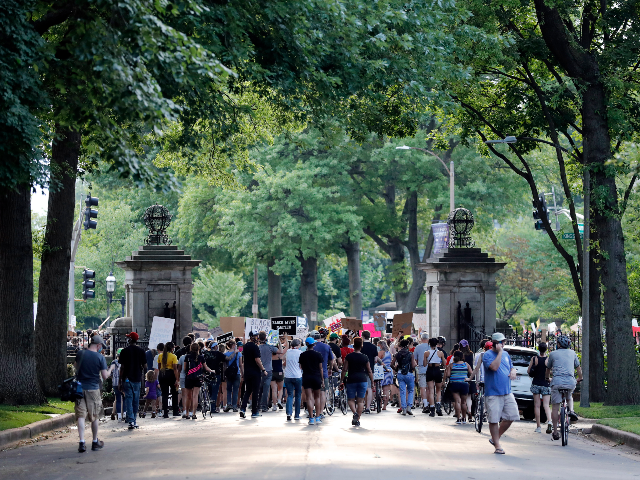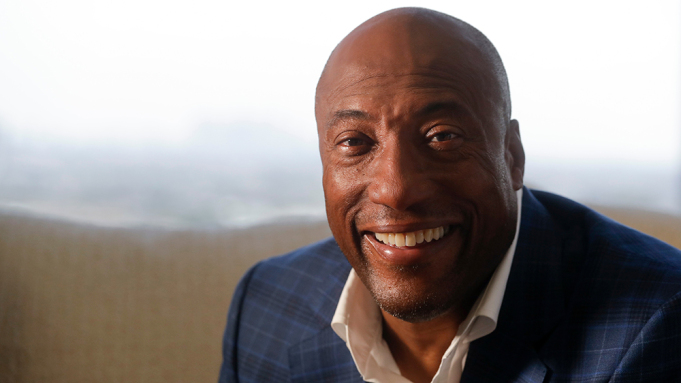
The Oklahoma Eagle Newswire
The City of Tulsa will resume the test excavation for the 1921 Tulsa Race Massacre Graves Investigation with the University of Oklahoma – Oklahoma Archaeological Survey (OAS) on July 13 at Oaklawn Cemetery, 1133 E. 11th St.
The test excavation is expected to take three to six days. Each day, work will begin around 7 a.m. and end at approximately 3 p.m. depending on the heat. On the first day of work, the team will conduct site preparations and begin the initial soil removal. The full test excavation is expected to begin on Tues., July 14.
In early March, the City of Tulsa with the Public Oversight Committee, agreed to move forward with a test excavation in the sexton area in Oaklawn Cemetery, where the initial geophysical investigation identified a large anomaly consistent with a mass grave. The test excavation was put on hold in March when the University of Oklahoma halted all fieldwork in response to the COVID-19 pandemic.
“As a city, we are committed to exploring what happened in 1921 through a collective and transparent process – filling gaps in our city’s history and providing healing and justice to our community. In the past 99 years, no other agency or government entity has moved this far into an investigation that will seek truth into what happened in Tulsa in 1921,” Mayor G.T. Bynum said. “As we resume with the test excavation, we’re taking all precautions to do so under the safest environment possible. I’m thankful for the health and wellbeing of our partners who have diligently coordinated with our team to move forward with this work during the constraints of the pandemic and record heat we are expecting.”
The test excavation is part of a feasibility study to determine the presence or absence of human remains, determine the nature of the interments, and obtain data to help inform the future steps in the investigation, including appropriate recovery efforts. Results will be documented, and a technical report will be issued by OAS. The Physical Investigation team will also conduct additional geophysical investigations in the coming months at Rolling Oaks Memorial Gardens and The Canes where initial results warranted additional examination.
Three goals have been established around the 1921 graves reexamination, including: public oversight, historical context and the physical evidence investigation. For more information on the process, visit: www.cityoftulsa.org/1921graves.
Guidelines During the Test Excavation
- During the test excavation, Oaklawn Cemetery will be closed to the public.
- Two monitors, a tribal monitor and a Public Oversight Committee monitor, will be on site to view the excavation with the researchers. All individuals that will be inside the cemetery (monitors and researchers) are required to test negative for COVID-19.
- Members of the media and members of the public wishing to view the test excavation will have the best vantage point on the trail area located west of the Cemetery during business hours (map attached).
- Parking will not be available inside Oaklawn Cemetery. On street parking should be utilized in the nearby residential neighborhood located across 11th St. from the cemetery on S. Norfolk Ave.
- Photography/video of human remains is strictly prohibited, and no overhead cameras or drones will be allowed, nor will it be practical, as a tent will be placed over the excavation site.
- Each day at noon, credentialed media will be allowed into the Tulsa Fire Museum (located north of Oaklawn Cemetery) for a short news briefing with researchers. All updates will be streamed live on the City’s Facebook page, @CityOfTulsaGov. Cloth face coverings will be required for any credentialed media attending. More details about the daily news briefings will be sent later this week.
- At the end of each day, a daily update from the day’s work will be available on the City’s Facebook page and online at www.cityoftulsa.org/1921graves.
- It’s important that researchers be able to conduct this test excavation without interruption. Media interviews will be limited to the daily briefings at noon, and updates will be limited to the daily reports at the end of each day.
- Due to COVID-19, the City of Tulsa is researching options for a time lapse camera that will intermittently take pictures during the process. Historians, including members on the Investigation’s Historical Context Committee, will also be on site along with a videographer from the City of Tulsa to track progress and take pictures/video of the process. The City’s photographs and video footage will be shared daily, each afternoon at www.cityoftulsa.org/1921graves, regardless if a time lapse camera is available.
- With the excavation moved to summer and during a pandemic, attendees planning to attend should socially distance, wear masks and wash hands frequently. Attendees should also be aware of the heat and take the necessary precautions to prevent heat-related illnesses, such as hydrating often and knowing where to go to cool off. There are two cooling stations in Tulsa: The Salvation Army and John 3:16 Mission in Downtown Tulsa.
- Individuals are asked to follow cemetery rules while viewing the investigatory work including: Avoiding playing loud music and keeping the volume of voices down. Children should be accompanied with an adult and pets must be leashed.










